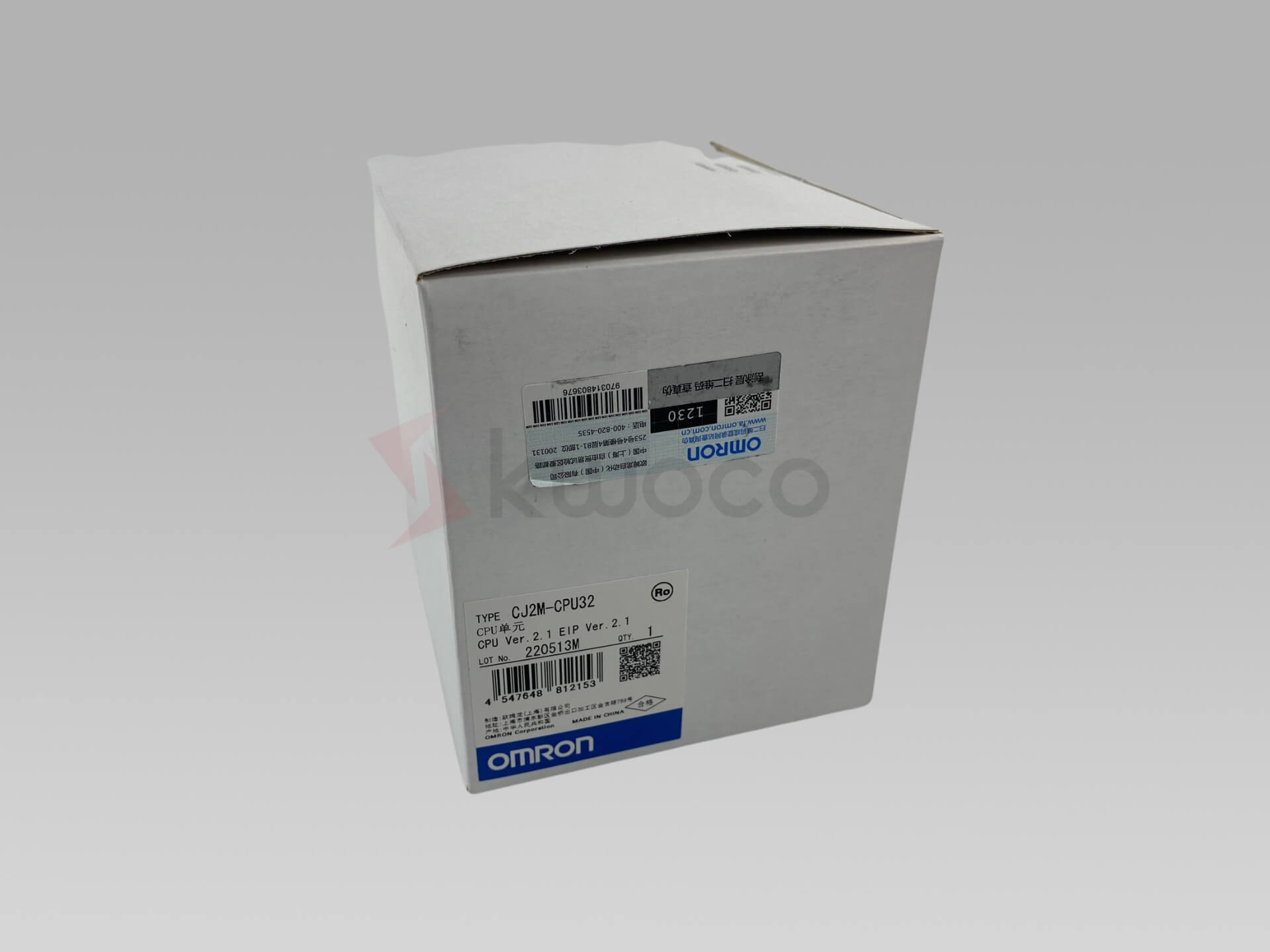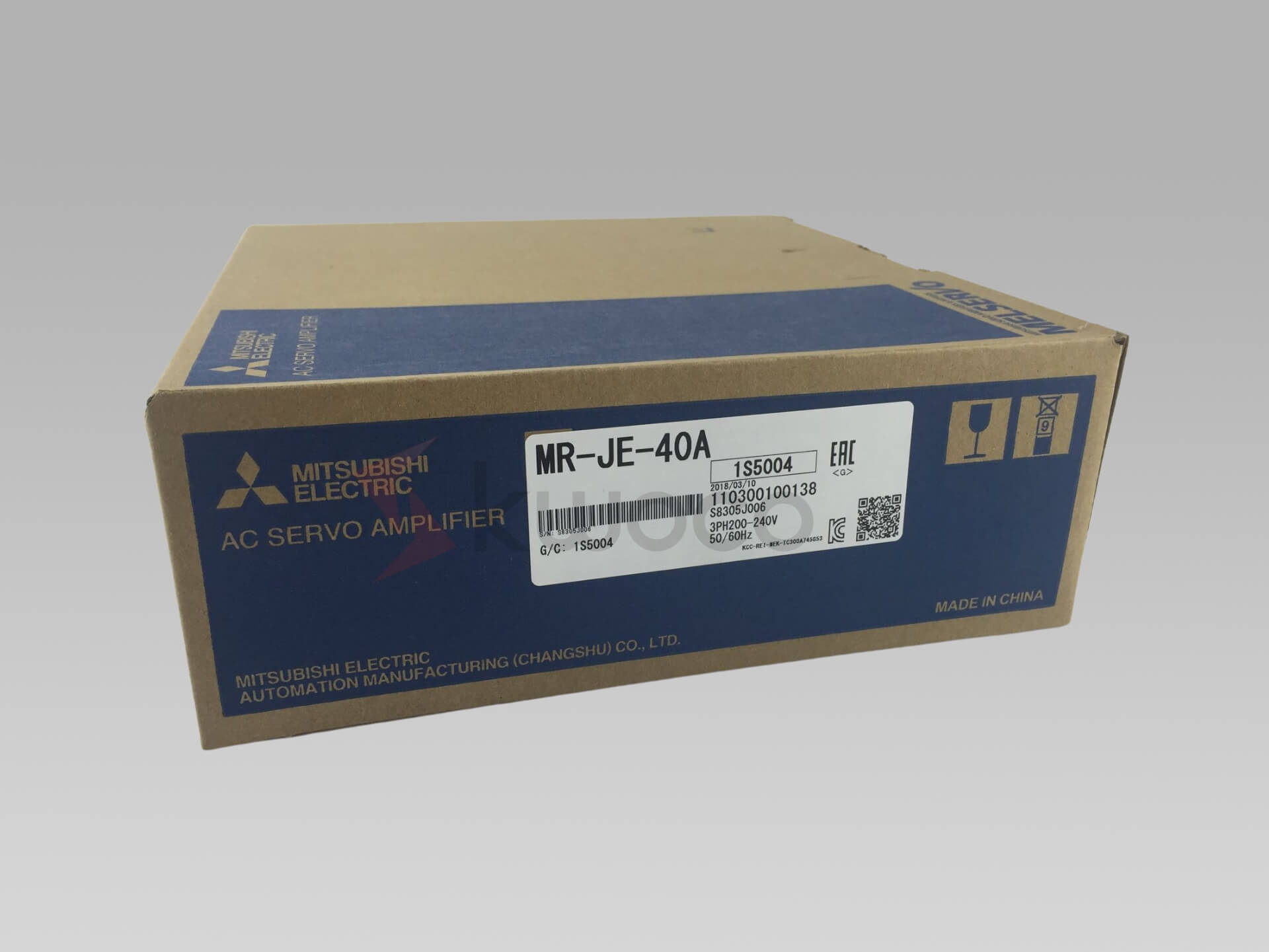What is an Electrical Control Panel? Key Insights Explained
An electrical control panel is a metal enclosure that houses various electrical components, including circuit breakers, relays, and control devices, which work together to manage and distribute electrical power safely and efficiently. This article is worth reading because it provides a comprehensive overview of electrical control panels, their design, and their role in modern industrial automation.
Table of Contents
What is an Electrical Control Panel?
An electrical control panel is often referred to as the heart of an industrial control system. It is a metal box that contains various electrical components designed to control and monitor electrical devices.
The panel is typically mounted on a wall or a back panel and is essential for the distribution of electrical power to different machinery and equipment.Inside the control panel, you will find components like circuit breakers, relays, and programmable logic controllers (PLCs).
These components work together to ensure that electrical devices operate smoothly and safely. The control panel also provides a centralized location for operators to monitor and control the electrical systems, making it easier to manage complex industrial processes.
Key Functions of an Electrical Control Panel
- Control and Monitor: The primary function of an electrical control panel is to control and monitor various electrical devices. This includes starting and stopping motors, adjusting speeds, and ensuring that all systems are functioning correctly.
- Protection: Control panels are equipped with circuit breakers and fuses that protect electrical devices from overloads and short circuits. This is crucial for preventing damage to equipment and ensuring safety in the workplace.
- Automation: Modern control panels often integrate automation technologies, allowing for remote monitoring and control of systems. This enhances efficiency and reduces the need for manual intervention.
What Are the Key Electrical Components in a Control Panel?
Understanding the components of an electrical control panel is essential for anyone involved in industrial automation. Here are some of the key components you will typically find:
Circuit Breakers
Circuit breakers are vital for protecting electrical circuits from overloads and short circuits. They automatically shut off the power when they detect a fault, preventing damage to equipment and ensuring safety. In an electrical control panel, circuit breakers are strategically placed to protect different circuits, allowing for easy maintenance and troubleshooting.
Relays and Contactors
Relays and contactors are used to control the flow of electricity to various devices. Relays are electromagnetic switches that open or close circuits based on input signals, while contactors are designed to handle higher power loads. Both components are essential for automating processes and ensuring that electrical devices operate as intended.
Programmable Logic Controllers (PLCs)
PLCs are the brains of modern electrical control panels. They are programmable devices that can be configured to perform a wide range of tasks, from simple control functions to complex automation processes. PLCs allow for flexibility and adaptability in industrial settings, making them a popular choice for controlling machinery and processes.
How Does Automation Enhance Control Panel Functionality?
Automation plays a significant role in enhancing the functionality of electrical control panels. By integrating automation technologies, control panels can offer improved efficiency, accuracy, and safety in industrial operations.
Remote Monitoring and Control
With the advent of automation, many electrical control panels now feature remote monitoring capabilities. This allows operators to control and monitor systems from a distance, reducing the need for physical presence in potentially hazardous environments. Remote access can be achieved through various technologies, including SCADA (Supervisory Control and Data Acquisition) systems, which provide real-time data and control capabilities.
Data Acquisition and Analysis
Modern control panels can collect and analyze data from various sensors and devices. This data can be used to optimize processes, predict maintenance needs, and improve overall system performance. By leveraging data analytics, companies can make informed decisions that enhance productivity and reduce downtime.
Integration with Other Systems
Electrical control panels can be integrated with other automation systems, such as HMIs (Human-Machine Interfaces) and MES (Manufacturing Execution Systems). This integration allows for seamless communication between different components of the industrial control system, improving coordination and efficiency.
What Are the Different Types of Electrical Control Panels?
There are various types of electrical control panels, each designed for specific applications and environments. Understanding these types can help you choose the right panel for your needs.
Motor Control Centers (MCC)
Motor Control Centers are specialized control panels designed to manage and control electric motors. They typically include multiple motor starters, circuit breakers, and control devices, all housed in a single enclosure. MCCs are commonly used in industrial settings where multiple motors need to be controlled and monitored.
Intelligent MCC Panels
Intelligent MCC panels take motor control to the next level by incorporating advanced monitoring and control features. These panels can provide real-time data on motor performance, energy consumption, and fault detection, allowing for proactive maintenance and optimization.
PLC Panels
PLC panels are designed specifically for housing programmable logic controllers. These panels often include additional components such as input/output modules, communication interfaces, and power supplies. PLC panels are essential for automating complex processes and ensuring reliable operation.
How to Ensure Electrical Safety in Control Panels?
Electrical safety is paramount when working with control panels. Here are some essential practices to ensure safety in electrical control systems:
Proper Wiring Practices
Ensuring that wiring is done correctly is crucial for preventing electrical hazards. Use high-quality wiring materials and follow industry standards for installation. Proper labeling of wires and components can also help prevent confusion and mistakes during maintenance.
Regular Maintenance and Inspections
Conducting regular maintenance and inspections of electrical control panels is essential for identifying potential issues before they become serious problems. This includes checking for signs of wear, ensuring that circuit breakers are functioning correctly, and verifying that all components are securely mounted.
Training and Awareness
Providing training for personnel who work with electrical control panels is vital for ensuring safety. Employees should be aware of the potential hazards and understand how to operate and maintain the equipment safely. Regular safety drills and refreshers can help reinforce safe practices.
Frequently Asked Questions
The primary function of an electrical control panel is to control and monitor various electrical devices, ensuring safe and efficient operation.
Automation enhances control panels by enabling remote monitoring, data acquisition, and integration with other systems, improving efficiency and safety.
Types include Motor Control Centers (MCC), Intelligent MCC panels, and PLC panels, each designed for specific applications.
Ensure proper wiring practices, conduct regular maintenance, and provide training for personnel to promote electrical safety.
Common components include circuit breakers, relays, contactors, and programmable logic controllers (PLCs).
Power your projects with brand-new, original Omron, Mitsubishi, Schneider PLC – in stock, ready now!
Conclusion
- An electrical control panel is essential for managing and distributing electrical power in industrial settings.
- Key components include circuit breakers, relays, and PLCs, which work together to ensure safe operation.
- Automation enhances control panel functionality through remote monitoring and data analysis.
- Different types of control panels, such as MCCs and PLC panels, serve specific purposes in industrial automation.
- Ensuring electrical safety involves proper wiring, regular maintenance, and training for personnel.
Looking for new, original PLCs for your projects? At Kwoco, we stock the latest PLCs from top brands like Omron, Mitsubishi, and Schneider. Shop with confidence—fast shipping, guaranteed quality! Buy Now
Contact Us
Just fill out your name, email address, and a brief description of your inquiry in this form. We will contact you within 24 hours.
You May Also Find These Topics Interesting

Essential Components of PLCs Explained
Programmable Logic Controllers (PLCs) are at the heart of modern industrial automation. They serve as the control system that orchestrates machinery and processes in factories, plants, and other automated environments. Understanding the components of a PLC is crucial for anyone involved in the field, as it helps in designing, troubleshooting, and optimizing automated systems. This comprehensive guide will walk you through the key elements of a PLC, making complex concepts easy to grasp.

Fix Slow Machines: PLC, HMI, Servo, Sensors
Do your machines stop a lot? Do they break down? That is a big problem! It makes you lose money. It makes you lose time. You can’t make things fast.

Capacitor Reforming: Bringing Your VFD Back to Life After Storage
This article explores the critical process of capacitor reforming for Variable Frequency Drives (VFDs) that have been in storage. If you’re in the machinery and equipment manufacturing industry or provide factory solutions, understanding this process is crucial to prevent downtime and ensure the longevity of your equipment. We’ll delve into why capacitor reforming is necessary, how it works, and what steps you can take to safeguard your VFDs.






